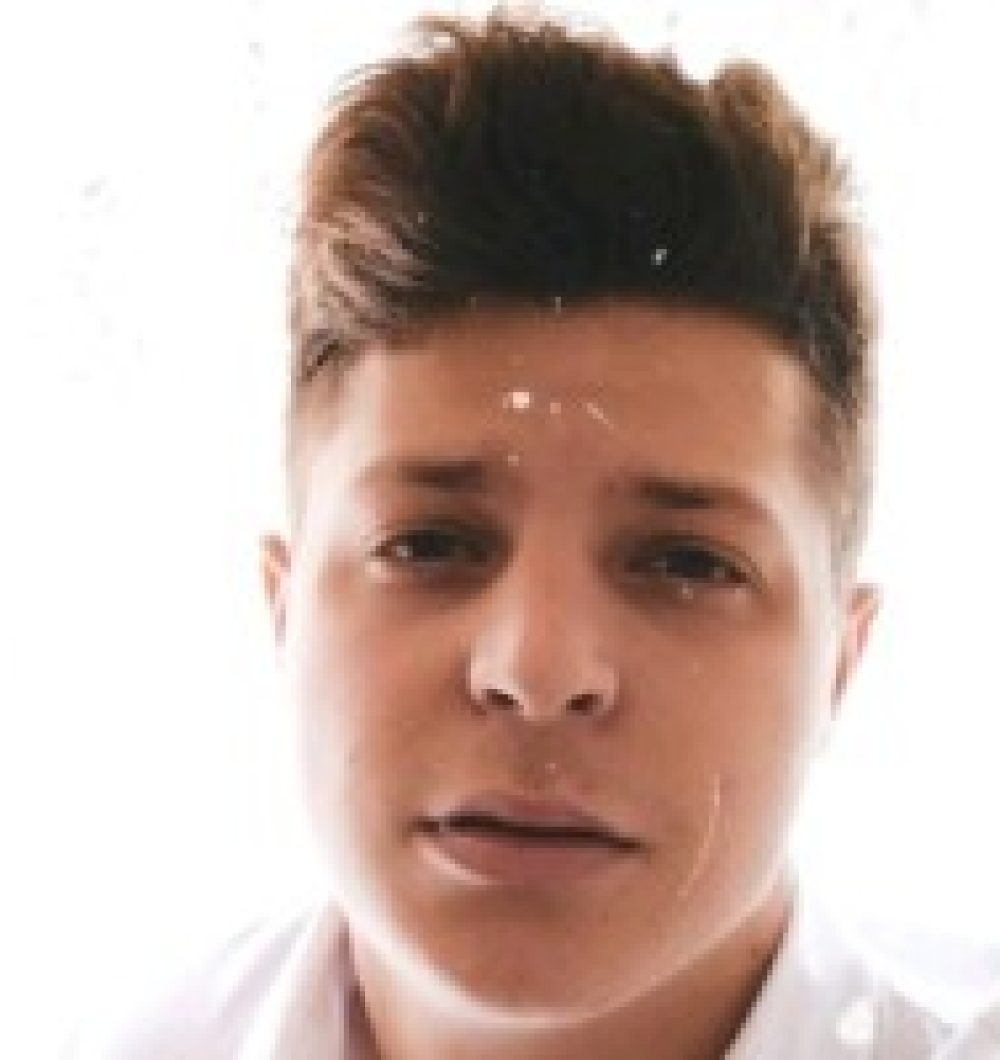
Luka Ivanović
ABSTRACT: Excitation Systems for Motor-Generators in the Bajina Bašta Pumped-Storage Hydropower Plant
The Bajina Bašta hydropower plant and the Bajina Bašta pumped-storage hydropower plant in Perućac are the largest hydroelectric facility built on the Drina River. The Bajina Bašta pumped-storage hydropower plant is of great importance to the Serbian power system due to its ability to operate in both generator and motor modes, which increases system flexibility in terms of production and consumption management. Periods of low electricity consumption are used to fill the upper reservoir by operating the plant in motor mode. When the system requires additional energy, the units switch to the opposite mode, and by releasing water from the higher-altitude reservoir, the turbines are driven to generate electricity. Also, due to its ability to quickly start and quickly change the operating mode from generator to motor and vice versa, this plant can quickly respond to system disturbances and replace any other unit in the Elektroprivreda Srbije system. Therefore, the revitalization of the Bajina Bašta pumped-storage hydropower plant, which should extend the lifespan of the units by several decades, is of great importance to the power system. In 2024, the first unit was revitalized, while the revitalization of the second unit is planned for 2025. The Nikola Tesla Electrical Engineering Institute participated in the revitalization by replacing the excitation systems. Within the energy part of the excitation system, components with top performance were installed: excitation transformers, switches, thyristor bridges, demagnetization equipment, etc. The basis of the control part of the excitation system consists of certified INTROL excitation regulators, within which sequential automats for all operating modes of the units were implemented: generator mode, motor mode, synchronous start, electric braking, and testing for testing purposes. INTROL regulators enable various control modes: automatic stator voltage regulation, automatic reactive power regulation, and automatic power factor regulation, along with which limiter functions and a power system stabilizer were implemented. Thyristor bridges and excitation regulators are implemented redundantly in a 1+1 configuration. After installation and connection, the excitation system was adjusted and tested, which showed good system performance, enabling reliable and stable operation of the units in all operating modes with automatic limitation of operation within the limits defined by the operating diagram.
Keywords: Excitation system, Motor, Generator, Revitalization
ABSTRACT: Critical Thinking in Science and Education
Critical thinking in science means the ability to distinguish facts from assumptions, analyzing data without bias, and asking questions that lead to deeper understanding. Through critical thinking, scientists make discoveries that change our perspective on the world. Critical thinking represents the foundation upon which the entire scientific method is built. Without the ability to think critically, scientific progress would be significantly limited, and our ability to solve problems, innovate, and build a sustainable future would be diminished. NANO-THINK project (Teaching critical thinking in science through nano-learning and virtual exchange principles) is dedicated to developing a specialized learning program that actively encourages the development of critical thinking in various scientific disciplines. By utilizing distance learning technology and concept of nano-learning, the project aims at providing an efficient and unique learning experience. This paper presents key results of the GAP analysis conducted on a sample of 585 students and 218 teaching staff from Serbia, Croatia, Montenegro and Bosnia and Herzegovina, as well as further steps in this project. The activities are implemented in partnership involving the following institutions: Faculty of Health Studies from Rijeka, which is also the project coordinator, the Nikola Tesla Institute from Belgrade, University of Donja Gorica, Medical Faculty from Graz, International Burch University, the Verlab Institute from Sarajevo, company B-Solutions from Tivat and the International Academy of Science and Arts in Bosnia and Herzegovina.
Keywords: critical thinking, science, education, nano-learning, distance learning, virtual exchange
Biography of the presenter
Luka was born in 1997 in Valjevo. He completed his undergraduate and master’s studies at the School of Electrical Engineering of the University of Belgrade, majoring in Signals and Systems, where he acquired fundamental knowledge in the field of signal processing, machine learning, control systems and embedded systems. He is currently pursuing his doctoral studies in the field of systems management and signal processing. He started his professional career with an internship at ENEL d.o.o., where he was involved in PLC programming and development of training models. Since February 2021, he has been employed at the “Nikola Tesla” Institute in Belgrade as an embedded software engineer. As part of his work, he participates in the development of algorithms for excitation systems of synchronous machines, programming of microcontrollers, industrial communication and integration of low-voltage electronics for process control. In addition to his professional engagement, he is actively engaged in scientific work, and his research interests include the application of machine learning in power engineering, signal processing and optimization of power system management. He is the author of several scientific papers, including in the areas of synchronous generator modeling and voltage stability in microgrids with connected wind farms.

